Aging Population
The demographic shift towards an aging population is significantly influencing the Medical Oxygen Concentrators Market. Older adults are more susceptible to chronic respiratory conditions, necessitating the use of oxygen therapy. As the proportion of individuals aged 65 and above continues to grow, the demand for medical oxygen concentrators is anticipated to increase correspondingly. This demographic trend is compounded by the fact that older adults often prefer home healthcare solutions, which further propels the market. Recent projections indicate that by 2030, the number of older adults will surpass 1 billion, creating a substantial market opportunity for oxygen concentrator manufacturers.
Rising Awareness of Home Healthcare Solutions
There is a growing awareness and acceptance of home healthcare solutions, which is positively impacting the Medical Oxygen Concentrators Market. Patients and caregivers are increasingly recognizing the benefits of receiving medical care in the comfort of their homes, particularly for chronic conditions requiring long-term oxygen therapy. This shift is supported by healthcare policies that promote home-based care as a cost-effective alternative to hospital stays. As a result, the demand for home-use oxygen concentrators is on the rise, with market estimates indicating a potential increase in sales by 20% over the next five years. This trend underscores the importance of oxygen concentrators in enhancing patient quality of life.
Increasing Prevalence of Respiratory Disorders
The rising incidence of respiratory disorders, such as chronic obstructive pulmonary disease (COPD) and asthma, is a primary driver of the Medical Oxygen Concentrators Market. According to health statistics, respiratory diseases are among the leading causes of morbidity and mortality worldwide. This trend is likely to escalate the demand for oxygen therapy, thereby boosting the market for medical oxygen concentrators. As healthcare systems increasingly recognize the need for effective management of these conditions, the adoption of oxygen concentrators is expected to rise. The market is projected to witness a compound annual growth rate (CAGR) of approximately 10% over the next few years, reflecting the growing need for home-based oxygen therapy solutions.
Supportive Government Policies and Regulations
Supportive government policies and regulations are playing a crucial role in shaping the Medical Oxygen Concentrators Market. Many countries are implementing policies that facilitate access to medical oxygen therapy, including subsidies and reimbursement programs for patients. These initiatives are designed to improve healthcare outcomes and ensure that patients have access to necessary medical equipment. Furthermore, regulatory bodies are establishing standards for the manufacturing and distribution of oxygen concentrators, which enhances product safety and efficacy. As a result, the market is likely to experience steady growth, with an expected increase in the number of approved devices and a corresponding rise in consumer trust.
Technological Innovations in Oxygen Concentrators
Technological advancements in the design and functionality of medical oxygen concentrators are driving the Medical Oxygen Concentrators Market. Innovations such as portable and lightweight models, enhanced oxygen delivery systems, and user-friendly interfaces are making these devices more accessible and appealing to consumers. The integration of smart technology, including mobile applications for monitoring oxygen levels, is also gaining traction. These advancements not only improve patient compliance but also expand the potential user base. Market analysts suggest that the introduction of next-generation oxygen concentrators could lead to a market expansion of over 15% in the coming years, as they cater to the evolving needs of patients.
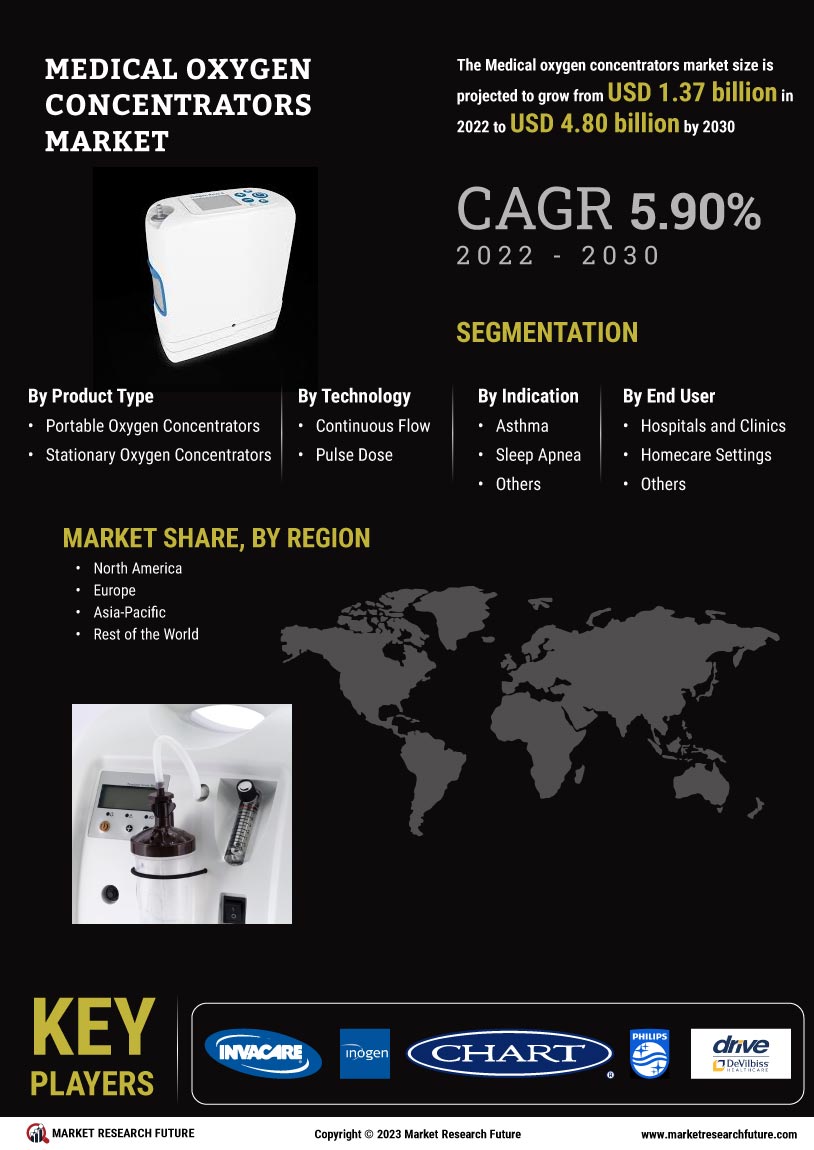

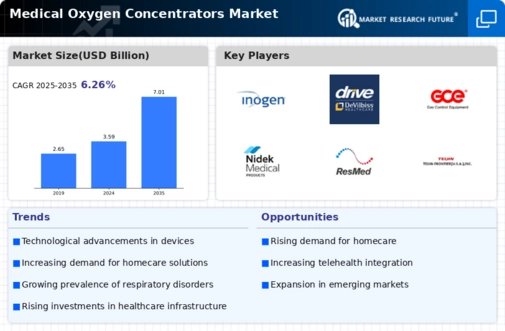
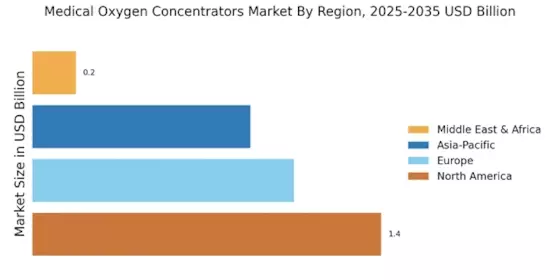


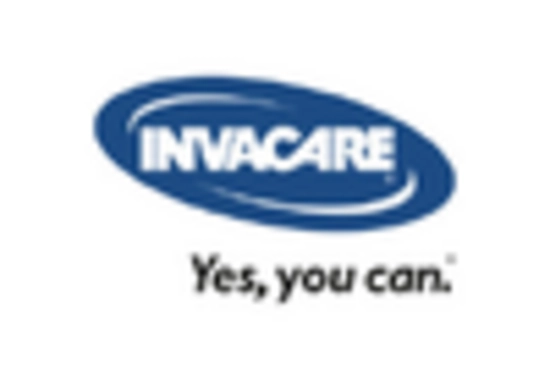
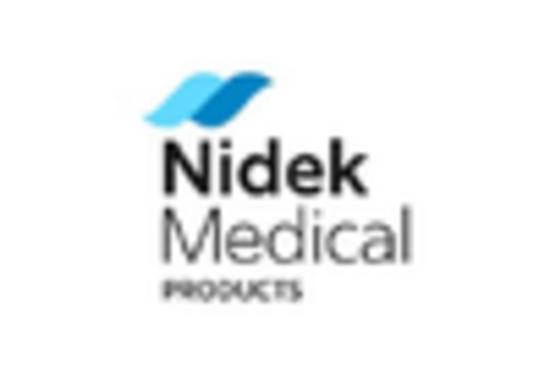










Leave a Comment